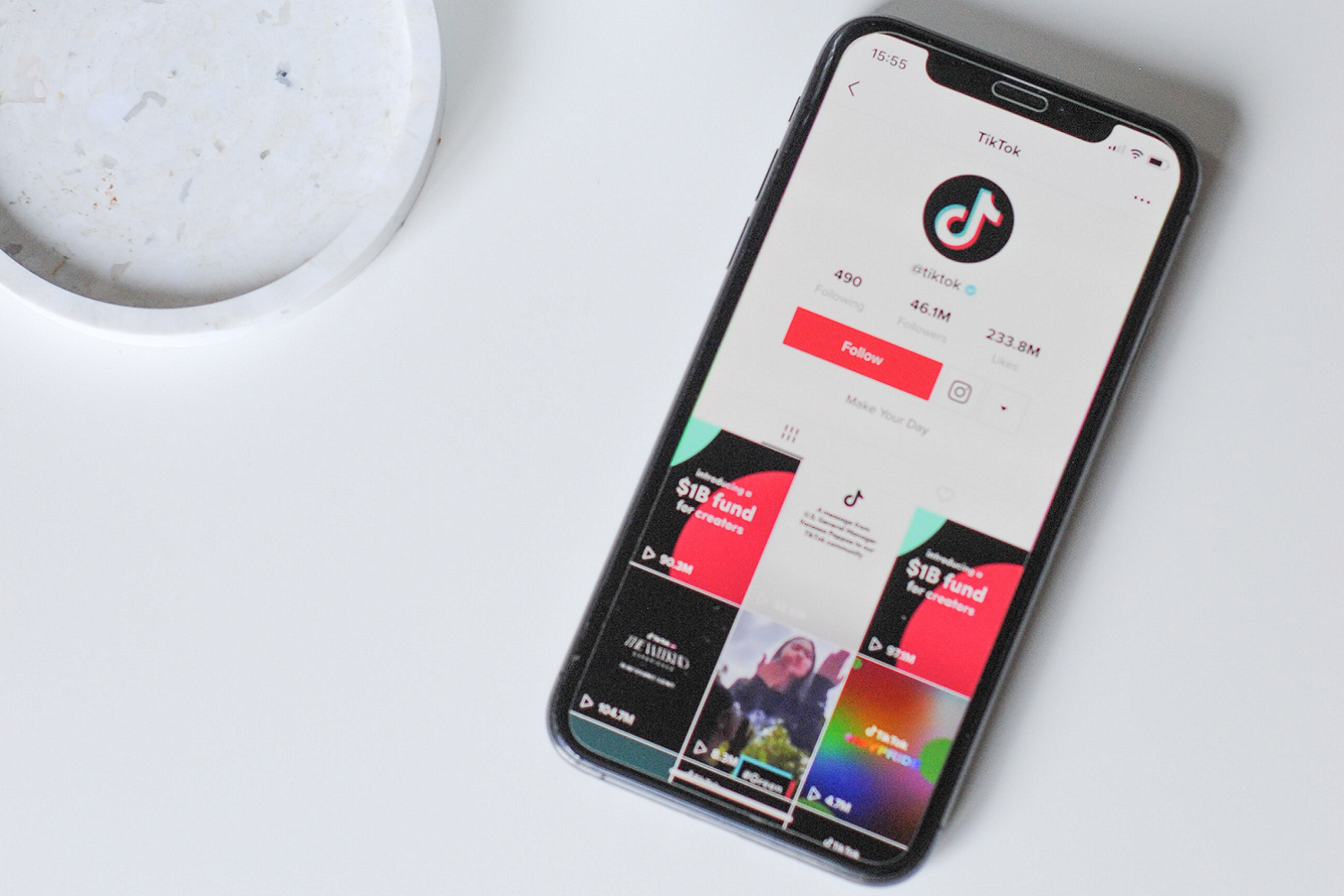Why High Quality Content Matters More than Keywords for SEO
Attention content creators: Google reads everything you write! Well, not “reads” in the literal sense, but its algorithms are now sophisticated enough to pick up on unnatural language and poor formatting—both of which send strong negative signals that hurt your ability to rank.
In fact, Google’s approach to ranking has gotten so sophisticated that they’ve learned that content quality matters more to search users than the presence of any particular keyword phrase. As a result, you may find a No. 1 search result that doesn’t contain an exact match keyword anywher e in the body.
We’re serious! In an exhaustive study of 600,000 keyword phrases, 18 percent of the domains that ranked position 20 or higher didn’t have the keyword in the text at all . Instead, these sites had a few things in common: website visits, user behavior signals and the number of links to the content all influenced Google to rank them near the top. All of these signals tell Google one thing: people seem to like this content.
In addition to these behavior-based markers of content quality, Google and other search engines actively sift through content to see signals of quality within the text itself.
After all, Google’s main objective isn’t getting your website traffic; it’s giving people good search results.
Thankfully, the company’s own guidelines are fairly specific and helpful. We’ll point you towards the exact markers of “high quality” Google is looking for.
What Are the Red Flags for Poor Content Quality?
Google’s guidelines for content quality are pretty thorough. This is likely because it’s hard to put into words exactly what makes something “good” or “high quality.” It takes a lot of nuance!
On the other hand, you can fairly quickly point out factors that immediately signal poor quality.
It’s like baking cake. There are a million different types of cakes out there and as many ways to prepare them. Flour, sugar, eggs and milk may be your raw ingredients, but you can make thousands of different types of delicious cakes. Also, “the right cake to bake” differs according to the context and circumstances. You can have a moist cake that’s yummy, or you could have a more solid cake that still does the trick.
But you can’t put sand in your cake. That’s a no-no. And it’s an automatic recipe for an inedible cake.
Similarly, Google highlights some markers of poor quality that instantly flag a page as having content not worth ranking:
●Spamming keywords, especially if they’re irrelevant
●Creating content that’s mostly copies of existing content
●Typos, bad spelling, grammar errors
●Sentences or paragraphs that never seem to end
●Content that has little to no formatting, leaving just a dense chunk of text
●Going crazy with links that aren’t relevant to the content at hand
●Dropping lists of keywords somewhere in your page, especially if you’re hiding them with text color choices
●Content that is excessively thin, especially for pages like blogs that promise substance
There are also a number of ways to get instantly deindexed by Google that go beyond content quality. Since that’s something you likely want to avoid, they’re well worth reviewing!
Google’s SEO Guide Considers Content Quality, Navigation Ease More Important Than Keyword Use
If you go and take a look at Google’s SEO starter guide , you’ll find that suggestions for how to use keywords properly don’t come up until around halfway through. Before that point, they take a moment to repeat four times that you shouldn’t overuse keywords or stuff them into your technical SEO elements.
Once they do mention keywords, they simply advise that you tailor your keyword strategy to your audience. For instance, people who watch soccer regularly might expect “FIFA” or “football” to be in the content they read, while casual users may expect more generic terms like “soccer playoffs.”
Immediately after that, they go back into quality. “Avoid writing sloppy text with many spelling and grammatical mistakes,” they suggest, as well as “awkward or poorly written content.”
To truly hammer the point home, Google spends far more time writing about ease of navigation and quality of life improvements for website visitors. Based on how the information is organized, Google cares more about your site map than your keyword usage when deciding rank .
“The navigation of a website is important in helping visitors quickly find the content they want,” explains the search giant. “It can also help search engines understand what content the webmaster thinks is important.”
All of this information can be summed up thusly: search engines aren’t dumb . They know the things that make life easier for their users and content better to read in general. They pay far more attention to these elements than how you use keywords.
In fact, with voice search on the rise , search engines have had to get smarter than ever about interpreting keyword intent and finding semantically related terms. That way, someone searching for “best places to eat near me” can pull up a list of “top-rated restaurants” without having to first sift through unhelpful results that contain exact keyword matches.
5 Tips for Writing Higher Quality Content
So now you’ve heard what definitely not to do when creating content, with only a hint of what so-called “high quality content” looks like.
To steer you in the right direction, here are a few general tips that can boost the quality of all content.
1. “Make pages primarily for users, not for search engines.”
This rule comes directly from Google’s Webmaster Guidelines . It’s actually the very first thing they say under “Basic Principles.”
The search giant even suggests you ask yourself “Does this help my users? Would I do this if search engines didn't exist?” when making a decision on how your website operates. Those questions definitely apply when writing new content.
So foremost, determine an audience need based on a keyword search, and write to answer that need. The better able you are to satisfy someone’s search intent, the better behaviour signals your site receives, and the more likely you are to rank.
If you’re at a loss for how to connect a keyword to user needs, do a little research. Plug in the keyword yourself, and try to find questions related to it.
Or, if the keyword is directly related to an “I want to purchase something or research a purchase” intent, take notes on the content that ranks highest. Chances are good that the page offers excellent examples of site organization, layout clarity and overall usability in addition to some solid text content.
2. Edit Your Writing, and Push Yourself to Improve
Like good cake, good writing is definitely in the eye of the beholder. But at the same time, you wouldn’t bank on your cake getting top votes if all you did was use a box mix.
In other words, if you want to write better, you’re going to have to learn from others. We suggest reading publisher sites related to your industry that get high traffic, and cover topics similar to what you want on your blog.
Some general guidelines for improving your writing include:
●Use less “being” and “linking” verbs in favor of strong action verbs. If you find yourself writing words like “is, was, are and be,” go back and see if you can identify the true subject of the sentence and what it’s doing .
●Structure your writing like you would an outline. Tell people what they’re going to learn from your post as soon as possible, and then delve into each smaller point one at a time until you’re finished.
●Write casually but not unprofessionally. Aim for a “friendly, conversational tone with a clear purpose—somewhere between the voice you use when talking to your buds and that you’d use if you were a robot,” suggests Search Engine Land’s paraphrasing of Google’s own Developer Documentation Style Guide .
● Edit your writing! Far too many people don’t go back and reread. Watch out for sentence and paragraph transitions that could make people have trouble following your logic. Ask people for their opinion on how readable everything is. If they have a complaint, see if you can break the excerpt down into its most simple parts and reconstruct it.
3. Read, Read, Read and Read Some More
Reading teaches you how words and sentences form ideas. We take a lot of this stuff for granted, but it’s quite complex. Fortunately, others have mastered it and can teach you techniques to add to your repertoire.
4. Pay Attention to Your Audience’s Behavior Signals
What content pages get the most views? Which ones get the best responses or the most engagement in comments or on social media? Where do people tend to spend the most time?
Look to your own Google Analytics data, and try to identify patterns. People tell you what they like without ever having to say a word.
5. If You’re Struggling to Write Good Content, Go Back to the Basics
You may feel hesitant about writing on simple topics, such as “The Beginner’s Guide to SEO” or something like “Why People Buy Things,” but these are actually great topics. Yes, they’ve been done to death, but they help people learn.
Also, you might put things in a certain way that makes an extremely deep or complex subject click for your audience.
Above all else, articles like these teach you the fundamentals of writing for your audience. You learn how to break big concepts down to their bare components and communicate complex ideas with clarity.
Next to reading, writing down the basics is the best way to teach yourself how to craft better content.
Stop Obsessing Over Keywords and Start Writing Better
The writing’s on the wall: Google and online audiences are sick of bad content, keyword stuffing and deceptive practices aimed to help websites rank but that make readers miserable.
Put content quality factors like readability, grammar and topic organization as a higher priority than keyword use. People will know what you’re talking about, even if you don’t use an exact keyword match—and now search engines will too.
Are you looking for help navigating the ever complicated digital marketing space? We can help!
The Harvest














